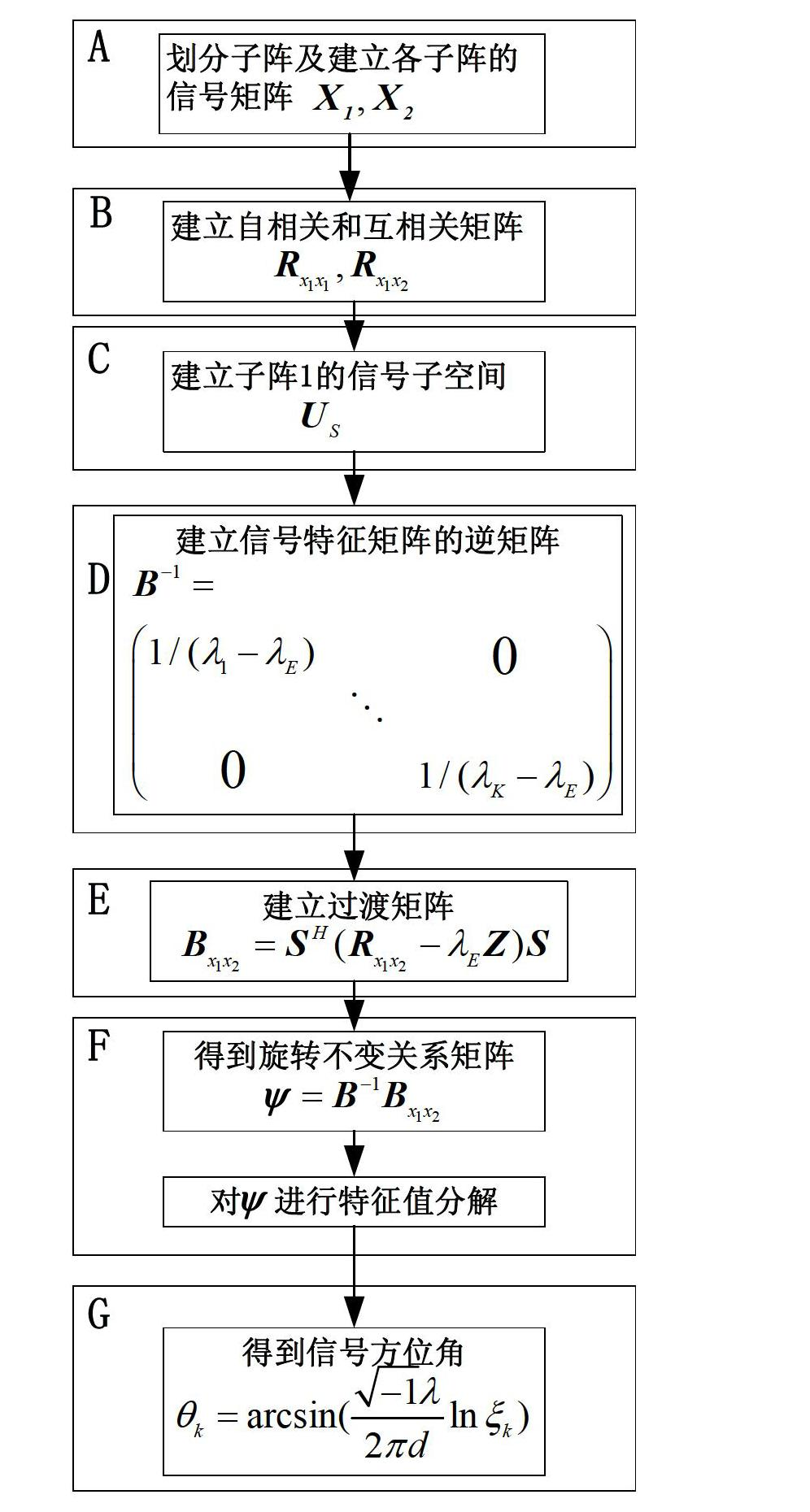Quick processing method for sensor antenna array received signals
A technology for receiving signals and antenna arrays, which is applied in the field of measuring the direction of arrival of wireless propagation signals by sensor antenna arrays, and can solve the problems that the measurement accuracy of direction of arrival cannot meet the requirements of conventional applications and the amount of calculation is huge
- Summary
- Abstract
- Description
- Claims
- Application Information
AI Technical Summary
Problems solved by technology
Method used
Image
Examples
Embodiment Construction
[0044] In this embodiment, the wireless propagation signal is independent of each other (incoming waves) under the background of spatial Gaussian white noise. The antenna array is a uniform linear array, and each array element is an omnidirectional antenna. The number is M=16, and the interval between the array elements is d=0.083 meters; in this embodiment, the signal source is a far-field narrowband signal from K=3 different directions, and is a carrier of the same frequency, and its wavelength is Λ= 0.166 meters, and the three signal sources are respectively at the angle θ 1 =20°, θ 2 =30°, θ 3 =40° incident to the uniform linear array of the sensor; for the same signal source in two adjacent array elements, the phase delay of the subsequent array element compared to the previous array element is: φ i =2πd sinθ i / / Λ=πsinθ i ; The number of sampling snapshots is N=1024, and the signal-to-noise ratio SNR=-15dB.
[0045] Step A. Divide the sub-arrays and establish the si...
PUM
 Login to View More
Login to View More Abstract
Description
Claims
Application Information
 Login to View More
Login to View More - R&D
- Intellectual Property
- Life Sciences
- Materials
- Tech Scout
- Unparalleled Data Quality
- Higher Quality Content
- 60% Fewer Hallucinations
Browse by: Latest US Patents, China's latest patents, Technical Efficacy Thesaurus, Application Domain, Technology Topic, Popular Technical Reports.
© 2025 PatSnap. All rights reserved.Legal|Privacy policy|Modern Slavery Act Transparency Statement|Sitemap|About US| Contact US: help@patsnap.com



